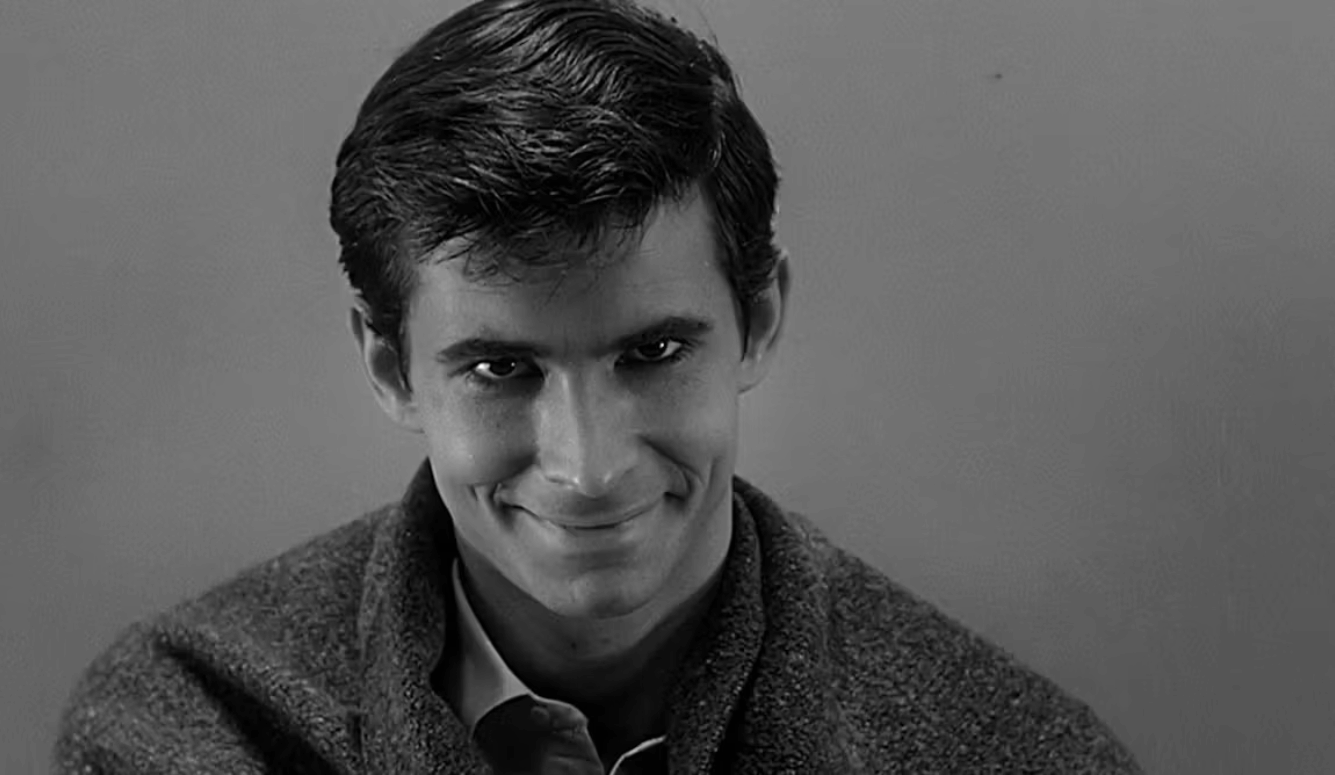Israel
The Strike on Qatar
In a dramatic surgical strike, Israel may have decapitated the leadership of Hamas in their luxury exile in Doha. The wisdom of this action remains unclear.

Israel has introduced a novel strategic doctrine into modern warfare—the decapitation of the enemy as a potential game-changer. Over the past year, the Israel Air Force (IAF), guided by the country’s intelligence services, has successively decapitated Israel’s Islamist enemies, who launched a multi-front assault on the Jewish state with the aim of its destruction, beginning with the Hamas invasion of southern Israel on 7 October 2023. So far, this Israeli strategy has had mixed results. But it has certainly shaken the Middle East and perhaps points the way toward strategic innovations in the world’s ongoing and future wars.
In the latest application of this strategy, this past Tuesday, a squadron of 15 IAF jets flew 1,800 kilometres to Doha, Qatar, where they attempted to eliminate all the heads of Hamas in one go. The heads of the Gaza-centred terrorist organisation, who had been living in luxury under state protection in Qatar’s capital for the past decade, were meeting to discuss a possible response to President Donald Trump’s latest proposal for an Israeli–Hamas hostages-for-prisoners exchange deal and an end to the ongoing war. As we go to press, neither Hamas nor Israel have officially commented on the upshot of the attack but, unofficially, Israeli officials have sounded pessimistic about the results. It appears that, in order to avoid collateral damage to Qataris, the IAF launched inadequate munitions. Most of Israel’s top defence and security officials, including Mossad chief David (Dedi) Barnea and IDF chief of general staff Eyal Zamir, are reported to have opposed attacking at this time because of possible harm to the current behind-the-scenes hostage-prisoner exchange negotiations, mediated by Qatar, and for fear of damaging Israel’s relations with the Arab world—though all senior Israeli officials are agreed that Israel must eventually kill all the Hamas stalwarts involved in the 7 October attack, which launched the war that has so far claimed the lives of more than 64,600 Gazans (according to Hamas Health Ministry figures) and some 1,700 Israelis.
Among those reportedly at the meeting in Doha were Khalil al Haya, who had been leading the Hamas team dealing with the possible hostages–prisoners deal; Khaled Mashal, a senior Hamas politburo figure Israel unsuccessfully tried to assassinate in 1997 in Amman, Jordan in a bizarre poisoning plot; and three other senior figures: Zahar Jabarin, Muhammad Darwish, and Nizar Awadallah. According to Israel, all of these men were active terrorists with Israeli/Jewish blood on their hands. So far, Qatar has only announced the deaths of Al Haya’s son and his chef de bureau, as well as of several bodyguards and one Qatari, a security man.
The attack was just the latest of Israel’s decapitation assaults. On 28 August, the IAF used accurate rockets and bombs to assassinate most of the Shi’ite rebel Houthi political leaders—including “prime minister” Ahmed al Rahawi—who were meeting secretly in a villa in Sanaa; three months earlier, in June, as part of its aerial assault on Iran’s nuclear and ballistic missile installations, Israeli jets and local intelligence agents assassinated most of Iran’s top military commanders and nuclear scientists and unsuccessfully attempted to kill its political leadership—wounding, among others, President Masoud Pezeshkian, but failing to hit the Supreme Leader Ayatollah Ali Khamenei; and earlier, in October–November 2024, Israeli bombers killed Lebanon’s Islamist Hezbollah leader Hassan Nasrallah and his entourage along with most of Hezbollah’s senior military commanders in their hideouts and bunkers in and around Beirut’s Dahiya Quarter.

The pattern is clear. With the wars of attrition against each of its Islamist enemies unresolved, the Israeli government decided to go after what it calls the “heads of the snake” in the hope of discombobulating and destabilising its antagonists and breaking or weakening their will to resist. So far, this strategy has had mixed results—but it may well influence the nature of war-making worldwide in the coming years.






